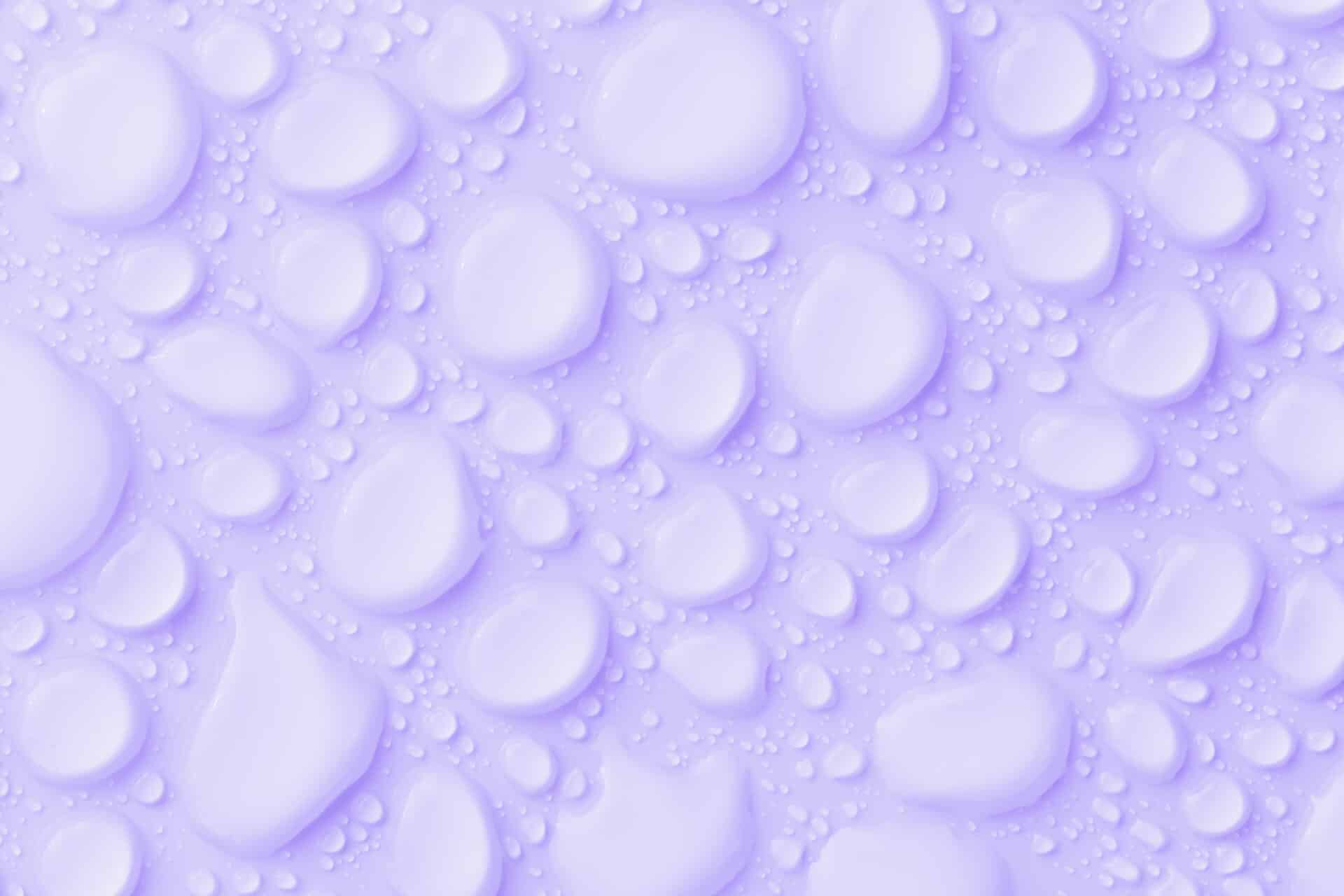The difference between distilled water and spring water is quite simple. Distilled water is created by boiling water and then collecting the steam in a different container, resulting in the removal of any minerals, chemicals, and contaminants. Spring water, on the other hand, is sourced from an underground formation and does contain some minerals and elements naturally found in the environment.Distilled water is water that has been boiled to produce steam and then condensed back into liquid form. It is essentially purified water, free from minerals and other substances, as the boiling process removes impurities. Distilled water is widely used in medical and laboratory settings due to its purity.
What Is Spring Water?
Spring water is a naturally occurring fresh water source that comes from an underground aquifer. It is collected at the point where the aquifer naturally flows to the surface, often in a natural spring. Spring water is usually considered to be of higher quality than other types of bottled water because it has been naturally filtered through layers of rock and soil and usually contains beneficial minerals and trace elements. Spring water can also contain dissolved gases such as oxygen, carbon dioxide, and nitrogen, which gives it a unique taste. Spring water is typically bottled at its source and distributed all over the world for drinking purposes.
Spring water is generally safe to drink without any additional filtration or treatment, although some brands may add additional minerals or salts to enhance the taste or provide additional nutrients. It is important to read the label carefully when purchasing spring water to make sure that it meets your needs. Different brands may have different levels of mineral content, so it is important to choose one that meets your needs. Additionally, some spring waters may contain higher amounts of contaminants than others depending on its origin location and how it was collected.
The Difference In Source Of Distilled and Spring Water
Distilled water and spring water are two very different sources of water. Distilled water comes from the process of distillation, which involves boiling the water and then condensing the vapor into a clean container. This process removes any minerals, chemicals, and other contaminants from the water, leaving it pure and free of impurities. On the other hand, spring water is naturally sourced from a natural underground aquifer or spring. It is often considered to be mineral-rich because it has been filtered through rocks and other natural elements over time. It can also contain trace amounts of minerals such as calcium, magnesium, sodium, potassium, chloride, bicarbonate, sulfate, and fluoride.
The main difference between distilled and spring water is in their source. Distilled water is purified through a distillation process while spring water is sourced directly from an underground aquifer or spring. Additionally, distilled water does not contain any minerals whereas spring waters may contain trace amounts of naturally occurring minerals which can give it a unique taste compared to distilled water.
In terms of health benefits, both types of waters offer some benefits but the
The Difference In Mineral Content Of Distilled and Spring Water
The mineral content of water varies depending on the source. Distilled water is created by boiling water and collecting the steam, which strips it of its minerals. Spring water, on the other hand, is naturally sourced from underground aquifers and contains many minerals.
Distilled water has a low mineral content compared to spring water. There are essentially no minerals in distilled water, although it may contain trace amounts due to contact with other materials during the distillation process. This means that distilled water does not provide any of the health benefits associated with consuming minerals such as calcium and magnesium.
Spring water has a much higher mineral content than distilled water. It typically contains a variety of different minerals including calcium, magnesium, sodium and potassium. These minerals can provide many health benefits such as improved digestion and hydration. Additionally, some minerals can help support healthy bones and muscles as well as aid in maintaining electrolyte balance in the body.
The difference in mineral content between distilled and spring water is quite significant. While both types of waters have their
The Difference In Taste Between Distilled and Spring Water
The taste of water can vary greatly depending on where it comes from. Distilled water is created through a process of evaporation and condensation, while spring water is sourced from a natural underground formation. While both are considered safe for drinking, there are distinct differences between the two in terms of taste.
Distilled water has a very clean and pure taste that many people find to be more refreshing than other types of water. This is because the impurities from minerals, chemicals, and other contaminants have been removed during the distillation process. The lack of minerals also makes distilled water less likely to cause mineral buildup in plumbing fixtures and appliances like coffee makers.
Spring water, on the other hand, has a unique flavor based on its mineral content. The minerals give spring water its distinctive taste which can range from slightly salty to sweet depending on where it is sourced. Spring water also contains trace amounts of compounds like calcium and magnesium which are beneficial for health.
Overall, both distilled and spring water are considered safe for drinking but offer different tastes depending on their origin. While distilled water has a clean flavor with

The Difference In pH Level Of Distilled and Spring Water
The pH level of a water source is an important metric to consider when assessing its quality and safety. Distilled water and spring water both have different pH levels, with distilled water having a relatively low pH level compared to spring water. The difference in the pH levels of these two types of water can be attributed to the various processes used to make them.
Distilled water is made by boiling the source water and then condensing the steam that is produced. This process removes most impurities from the source water, resulting in a very pure form of H2O. As a result, distilled water has a relatively low pH level due to the lack of minerals present in it. The exact pH level of distilled water can vary depending on how much time it was boiled for and any additional substances that were added during the distillation process.
Spring water, on the other hand, is naturally occurring groundwater that is collected from underground aquifers or wells. As it comes directly from its natural source, spring water contains various impurities such as minerals and organic material which contribute to its higher pH level compared to distilled water.
Difference in Purification Process of Distilled and Spring Water
Water is essential for life and it is important to understand the difference between different types of water purification processes. Distilled water and spring water are two different types of purified water, each with its own unique purification process.
Distilled water is a type of purified water that has been heated and vaporized until all the impurities have been removed. The steam is then condensed back into liquid form and collected as pure, clean drinking water. The process eliminates all minerals, chemicals, and contaminants from the original source of the water. Although distilled water does not contain any trace minerals, it can be re-mineralized if desired.
Spring water on the other hand is natural, untreated groundwater that has been collected from springs or wells. It is not treated or processed in any way except to filter out large particles such as dirt or sand. Spring water contains naturally occurring trace minerals such as calcium, magnesium, potassium, and sodium which give it a unique taste compared to distilled water.
Overall, while both distilled and spring waters are considered safe to drink, they differ in terms of their pur
Uses of Distilled Water
Distilled water is water that has had many of its impurities removed through distillation. This process involves boiling the water and then condensing the steam into a clean container, leaving many impurities behind. As a result, distilled water is often much purer than regular tap or spring water. It is often used in medical and laboratory settings, as well as in car batteries and aquariums. It can also be used for drinking, as it does not contain any of the potentially harmful chemicals that can be found in regular tap water.
Uses of Spring Water
Spring water is naturally sourced from underground sources such as aquifers or spring-fed streams. It is generally considered to be the purest form of water available and can be used for drinking or other purposes without fear of contamination. Spring water contains minerals and other trace elements that are beneficial to health, making it a popular choice for drinking purposes. It is also often used in households for cooking and cleaning purposes, as it does not contain any potentially harmful chemicals or elements that could affect food or skin health.

Conclusion
The difference between distilled water and spring water is significant in terms of their chemical composition. Distilled water has been purified using a process of distillation, while spring water is naturally sourced from underground aquifers. Distilled water is almost completely free of minerals, while spring water contains various minerals and other compounds that are beneficial to the body. Additionally, some spring waters contain trace elements or contaminants that may be potentially harmful to human health.
In conclusion, each type of water has its own unique benefits and drawbacks. While distilled water may be more sterile than spring water, it lacks minerals and other beneficial compounds that can be found in natural spring waters. Ultimately, it is up to the individual consumer to decide which type of water best suits their needs and preferences.

